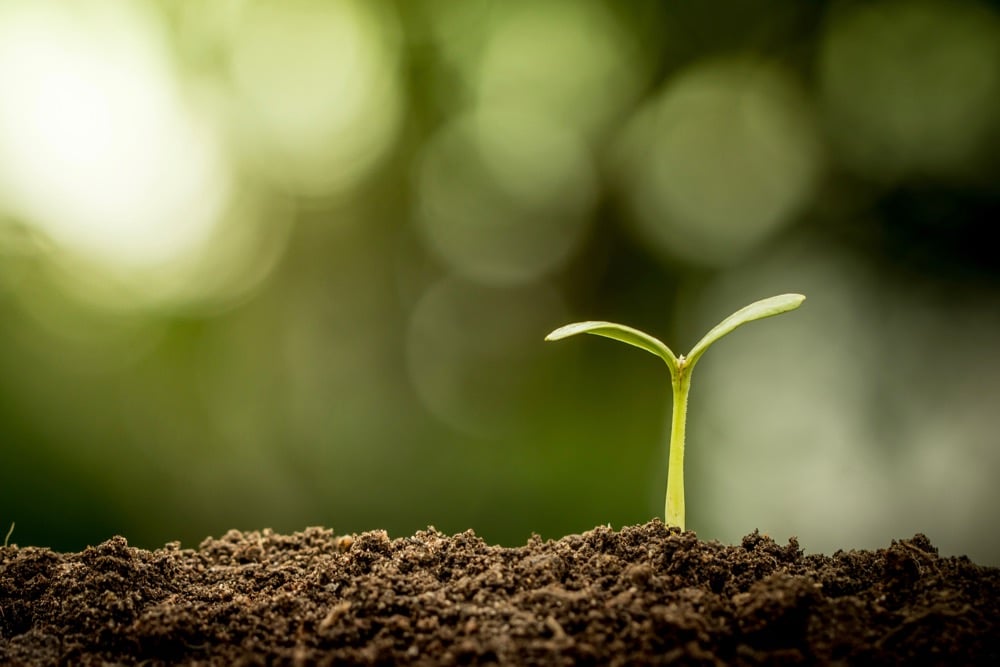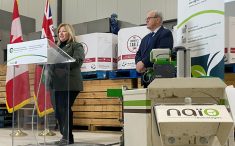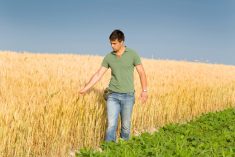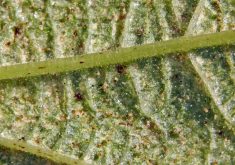Industrial hemp growers may encounter a growing market as the Canadian government moves towards cannabis legalization.
Part of the new federal cannabis legislation involves updating industrial hemp regulations to allow growers to harvest the flowering heads, branches and leaves of the crop for immediate sale to licensed cannabis processors — thereby making use of its pharmaceutical properties.
This has fostered optimism among some Ontario hemp farmers.
Why it matters: Hemp has been a small acreage crop in Ontario. The ability to sell new parts of the plant could make it more competitive.
Read Also

Ontario’s agri-food sector sets sights on future with Agri-Food 2050 initiative
The first-ever Agri Food 2050, a one-day industry event dedicated to envisioning the future of food and farming in Ontario,…
The Ontario Ministry of Agriculture, Food and Rural Affairs describes hemp as “a niche crop” grown in Ontario for its grain, oil or fibre. Most of the hemp currently grown in the province and Canada is for hempseed for processing into oils, flour and meal.
On the pharmaceutical side, industrial hemp has been bred to have no more than 0.3 per cent tetrahydrocannabinol, also known as THC, the psychoactive compound in marijuana, and other non-psychoactive cannabinoids including cannabidiol (CBD) and cannabinol (CBN). By comparison, marijuana typically contains THC concentrations of three to 15 per cent. Hemp generally has more CBD than marijuana, and can often reach six per cent in the leaves and bracts.
For Keanan Stone, general manager at Valley Bio Limited, a Cobden-area business producing pedigree seed and offering production, processing, and packaging services for a variety of crops, including hemp, the market for hemp products has been growing in many areas, including for things like natural health products. This trend is continuing, she says, as global consumers are increasingly turning toward the use of biomaterials.
“There’s quite a lot of momentum on the fibre side for industrial hemp in Eastern Canada,” she says. “Taking advantage of the (pharmaceutical) side, you can develop the value needed to invest in industrial hemp.”
Stone also believes marijuana legalization will promote more vigorous innovation within the hemp world, further driving demand.
The Canadian government also appears to acknowledge this possibility.
Earlier in September, Lawrence MacAulay, the federal agriculture minister, announced an investment of $330,550 in the Canadian Hemp Trade Alliance, a national organization that promotes Canadian hemp and hemp products globally. The money is designed to foster growth in this very area, as well as innovation in hemp production through things like disease management. According to the news release, there were “452 products using hemp as an ingredient launched in the world” between 2008 and 2017.
The federal government’s Industrial Hemp Regulations (IHR) came into effect in 1998, permitting growers to cultivate industrial hemp under a licence. Ontario ministry representatives say the early years of hemp production — in which use focused on the development of alternative fibres — featured plants that “were still in a pilot stage, grain processing in the province was limited, and the technology to process the fibre was not developed enough to meet industry and market standards.”
The ministry of agriculture says that hemp acreage has been growing in Ontario over the past five years, with the trend expected to continue.
While Stone believes there is great potential for significant increases in the size and diversity of current markets for industrial hemp, she still advocates caution.
“Some companies are looking two to three years out,” she says. “I wouldn’t say anyone should jump into growing 1,000 acres of hemp.”
Industrial hemp numbers, according to OMAFRA
For those currently producing industrial hemp, the Ontario agriculture ministry reports the following revenue numbers:
- Farmers can expect gross revenue from hemp seed in the range of $640 to $800 per acre (800 lb. to 1,000 lb./acre) at an average price of $0.80 to $0.85/lb.
- Organic values are nearly double those of conventional seed but yields may not be as high.
- Estimated profit to be made from hemp is $200-$300/acre for grain production.
- Hemp fibre prices can range from $100 to $150/tonne and farmers can expect yields of two to five tonnes per acre (for gross margins of $200 to $500 per acre).
- Further processing and refining into different fractions (fibre, hurd/shives) brings higher sale prices.
Acreage of industrial hemp remains small in Ontario, but has been increasing both in and outside the province:
- There are about 137,970 acres of hemp being grown in Canada currently.
- The majority of hemp acreage is concentrated in the Prairies; Saskatchewan (56,214 acres), Alberta (44,665acres), Manitoba (29,850acres).
- In 2017, Ontario grew 1,170 acres of hemp. This is concentrated primarily in Eastern Ontario.
- Overall there has been a steady upward trend in hemp acreage, despite market adjustments.
***Statistics provided via email by Ontario Ministry of Agriculture Food & Rural Affairs communications department.















